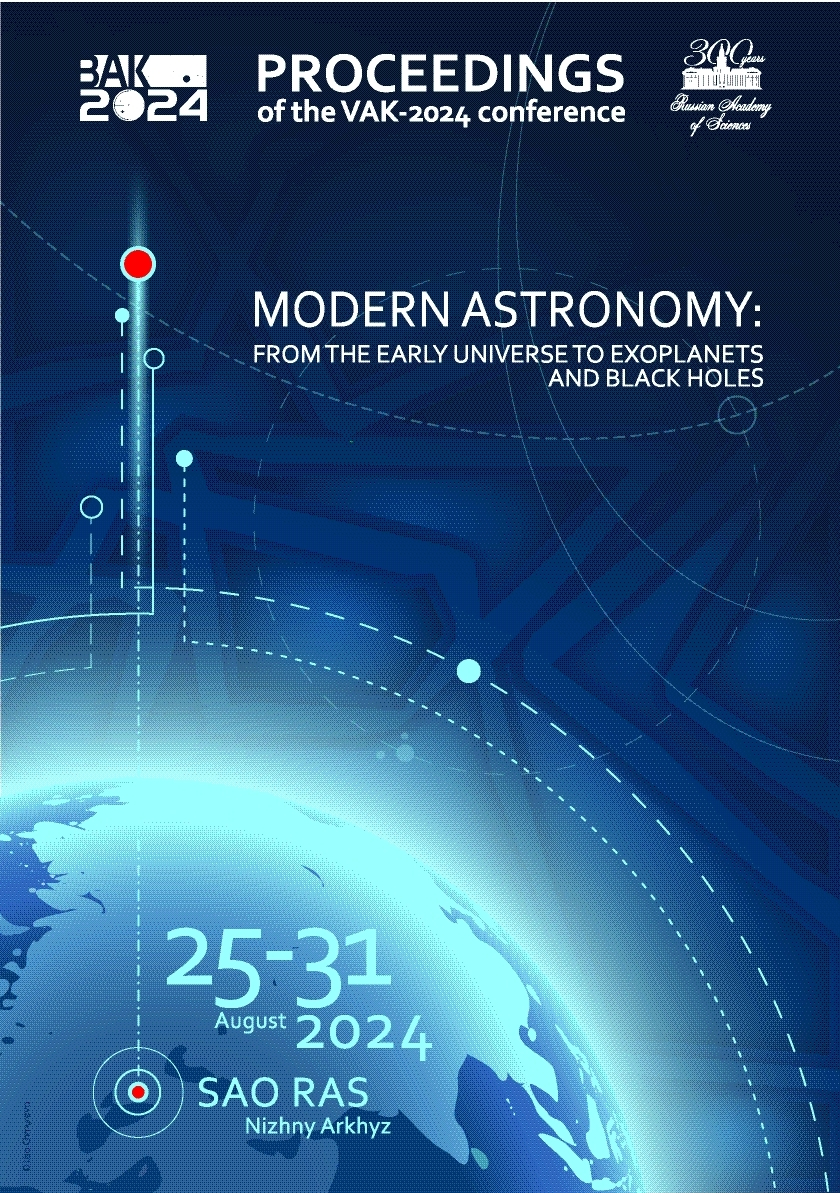Central Astronomical Observatory of the Russian Academy of Sciences at Pulkovo
UDC 53
UDC 520
UDC 521
UDC 523
UDC 524
UDC 52-1
UDC 52-6
CSCSTI 41.00
CSCSTI 29.35
CSCSTI 29.31
CSCSTI 29.33
CSCSTI 29.27
CSCSTI 29.05
Russian Classification of Professions by Education 03.06.01
Russian Classification of Professions by Education 03.05.01
Russian Classification of Professions by Education 03.04.03
Russian Library and Bibliographic Classification 2
Russian Library and Bibliographic Classification 223
Russian Trade and Bibliographic Classification 614
Russian Trade and Bibliographic Classification 6135
BISAC SCI004000 Astronomy
BISAC SCI005000 Physics / Astrophysics
The analysis of space mission data, such as Long Duration Exposure Facility (LDEF), reveals that the majority of meteor particles fall within the microgram to milligram range. This range corresponds to meteor absolute magnitudes from 5-6 mag to 10-11 mag. Global Meteor Network (GMN) and Mini-MegaTORTORA (MMT) database analysis shows a noticeable decrease in the number of detected meteors fainter than threshold "limiting magnitude minus about 2 mag''. This implies that there may be a loss of faint meteors at low signal-to-noise ratios. Therefore, it is crucial to improve the methods for detecting faint meteor events. We present a technique focused on real-time data processing. The key components of the pipeline involve rapidly identifying local peaks and then projecting the chosen points from a series of frames onto a reference frame within a sub-series of several images for analysis using the Hough transform. Initial test observations indicate an increasing trend in the number of faint meteor detections.
techniques: image processing; meteors; meteoroids
1. Chen Y., Li G., Liu C., et al., 2023, Universe, 9, 11, id. 468
2. Karpov S., Orekhova N., Beskin G., et al., 2019, Revista Mexicana de Astronomía y Astrofísica (Serie de Conferencias), 51, p. 127
3. Vida D., S egon D., Gural P.S., et al., 2021, Monthly Notices of the Royal Astronomical Society, 506, 4, p. 5046






